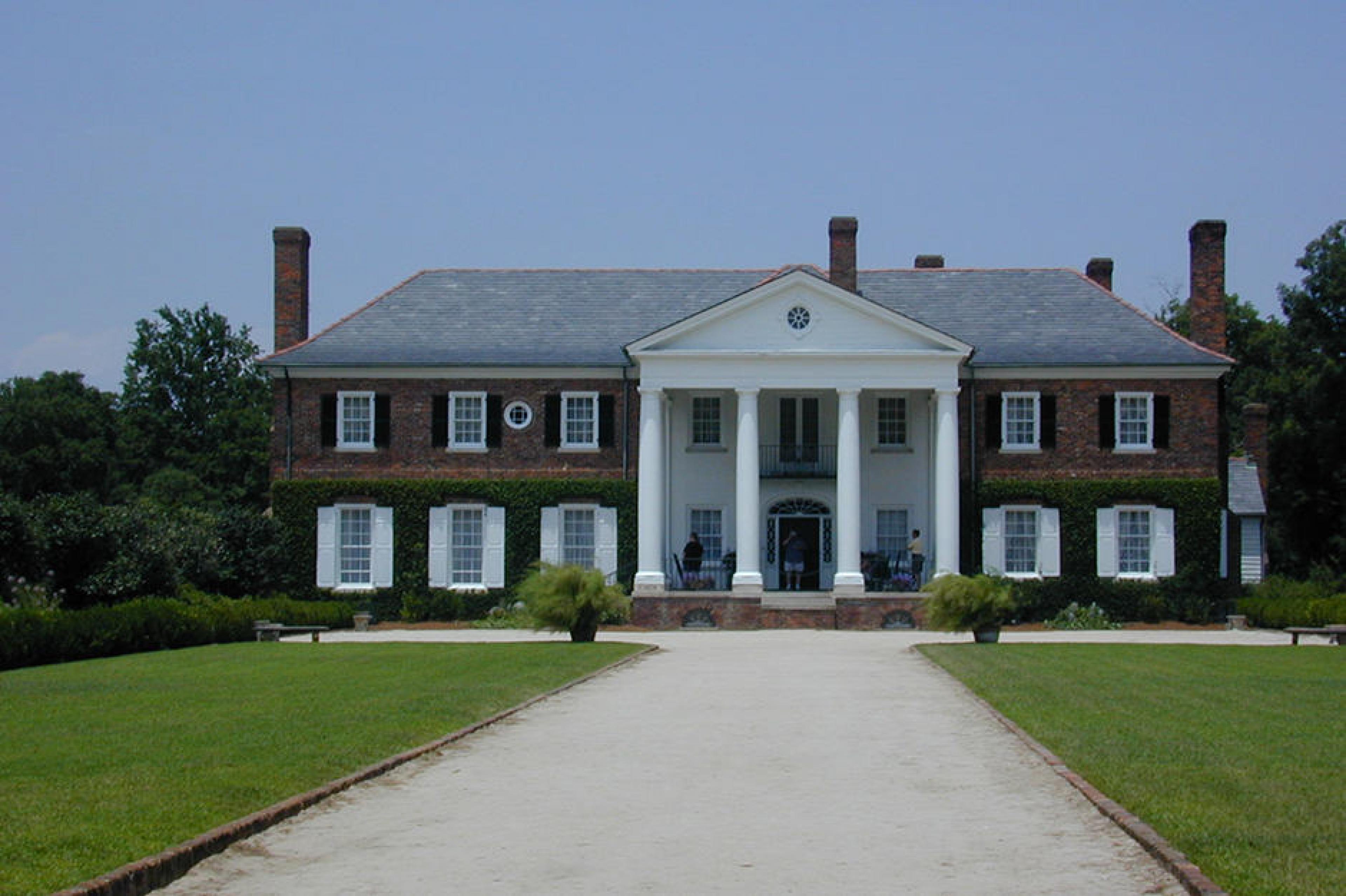Join/
Aiken-Rhett House
This building, constructed around 1820, features interiors that have been unchanged since 1858. Visitors can visit the slave quarters, carriage house and stables. Furniture and decorative objects in the collection are of a high quality; many of them were brought back from the family’s Grand Tour of Europe.
Bicycle Rentals
An active way to see the small downtown area of Charleston is by bike. Indagare members can contact our Bookings Team for assistance planning bike rentals, where bikes and helmets can be delivered to your hotel.

Boone Hall Plantation and Gardens

Children's Museum of the Lowcountry
This hands-on museum features eight areas, including those that encourage dress-up, interactive play on a “pirate ship,” and an art room. It’s appropriate for and appeals to children ranging in age from 2-10.

Drayton Hall

Edmonston-Alston House
Built around 1828, the Edmonston-Alston House is one of the oldest buildings on the Battery and features great views of the harbor. Many of Charleston’s grandest houses were, in fact, just one of multiple residences owned by wealthy landowners—the in-town homes allowed residents to take advantage of the city's cultural offerings and social gatherings and provided respite from malaria-ridden swamps.
Fort Sumter National Monument
This national monument, the site of major American battles, is located in Charleston Harbor. Ferries to the island depart from Liberty Square and tours of the fort last about two hours. The area is famous for being the location of the first shots of the Civil War. Union forces were occupying the island, but when South Carolina seceded and Union troops refused to leave, the South Carolina infantry opened fire on the Yankees. Today, there is not much left to see on the island, so only Civil War aficionados or those with a knowledgeable guide will get anything out of a visit.
Heyward-Washington House
Though it was built in 1722, this house’s most famous resident was George Washington, who rented it during his tour of the southern colonies in 1791. The original owner, Thomas Heyward, was a signer of the Declaration of Independence and had been a prisoner of war in the American Revolution. A wealthy plantation owner, he built the house to escape summertime malaria scares in the country. The furniture is predominantly Charleston-made and features some of the best pieces in the country. The house also has a lovely, traditional garden in the back.

Indagare Tours: Carriage Tours
The historical, guided horse-carriage tours around the streets of Charleston are a lovely way to see the city. Indagare members can contact our Bookings Team for assistance planning a carriage tour.

Indagare Tours: Charleston Walks
Visitors to Charleston can spend hours on end wandering the streets spotting gas lanterns, sideways houses, gardens filled with jasmine and magnolia trees and such details as remaining hitching posts. Look out for the beautiful earthquake bolts on sides of houses, which were used to adjust floorboards that had been knocked around during quakes.
Indagare Tours: Kayaking
A tranquil option for an aquatic exploration is a kayaking trip around the back-waters near Charleston. Indagare members can contact our Bookings Team for assistance planning a kayak tour.
Indagare Tours: On the Water
Indagare's members can contact our Bookings Team for assistance planning sunset cruises, dolphin watching, kids pirate-themed trips, fishing and catamaran sailing.
Joseph Manigault House

Magnolia Plantation
This plantation, built in 1676, is now open to visitors who would like to see not only the main house, but also outbuildings, former slave quarters, gardens and even a petting zoo.

Middleton Place
First settled in 1675, right after colonists moved to modern-day South Carolina, this plantation was home to the Middleton family from 1741 until 1865. It sits 14 miles northwest of Charleston and features America’s oldest (and arguably most stunning) gardens. A tour of the buildings provides a good history of what life was like in the South over the past 350 years.

Nathaniel Russell House
This Federal-style townhouse, built between 1803-1808, originally belonged to successful merchant Nathaniel Russell, and is considered by many to be the finest historic home in Charleston. The beautiful and awe-inspiring free-flying staircase is on its own worth a visit.
Old Exchange Building & Provost Dungeon
This old customs house, built in 1771, also contains the dungeon where American patriots and pirates were held in the 18th century. There is a museum that highlights the dungeons that is appealing to older children.
Roper House

South Carolina Aquarium
Sullivan's Island Beach
This family-friendly beach is a 15-minute drive from downtown Charleston. Eat at Poe’s Tavern, named for Edgar Allan Poe, a frequent visitor to the area.
All Results